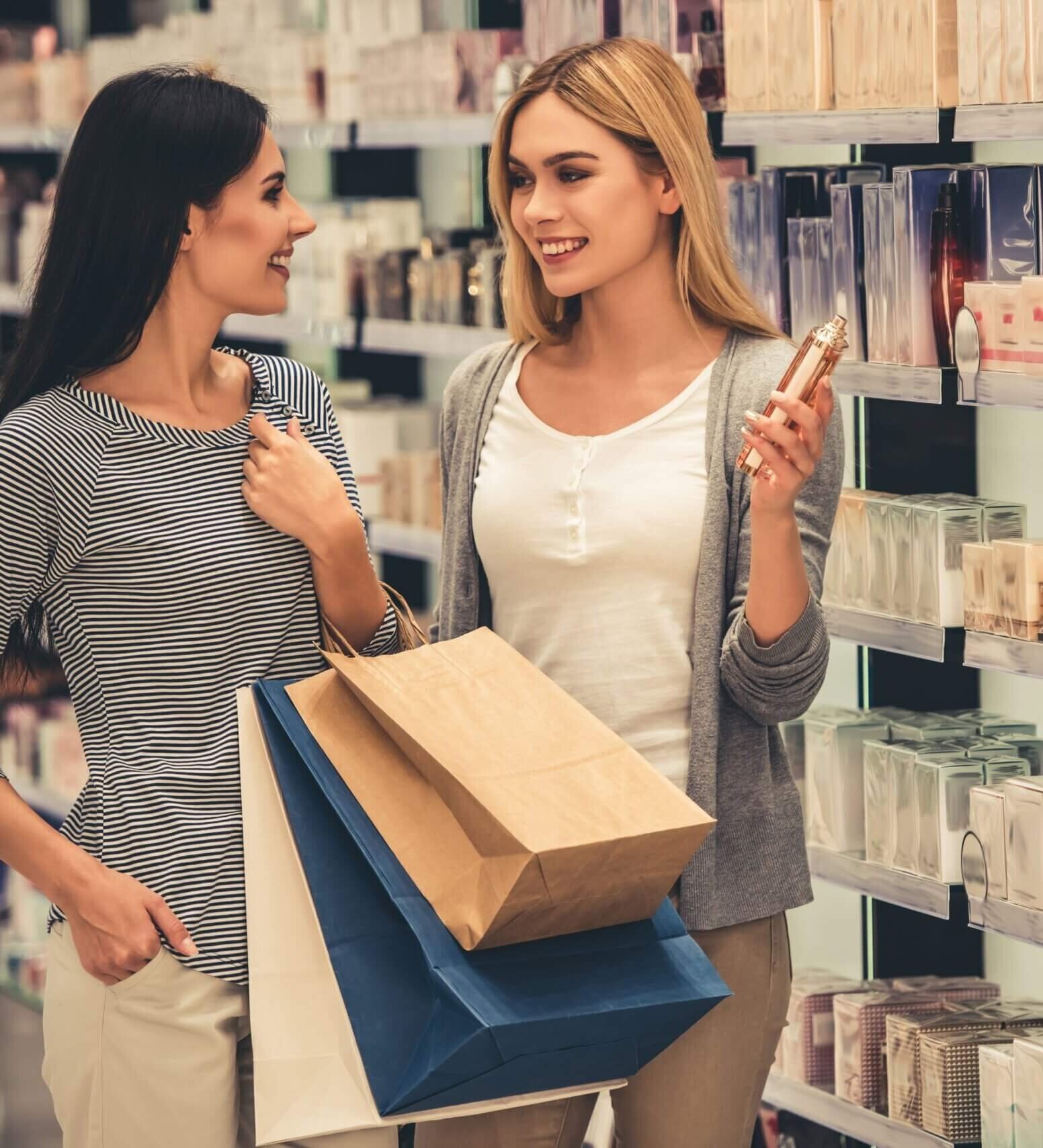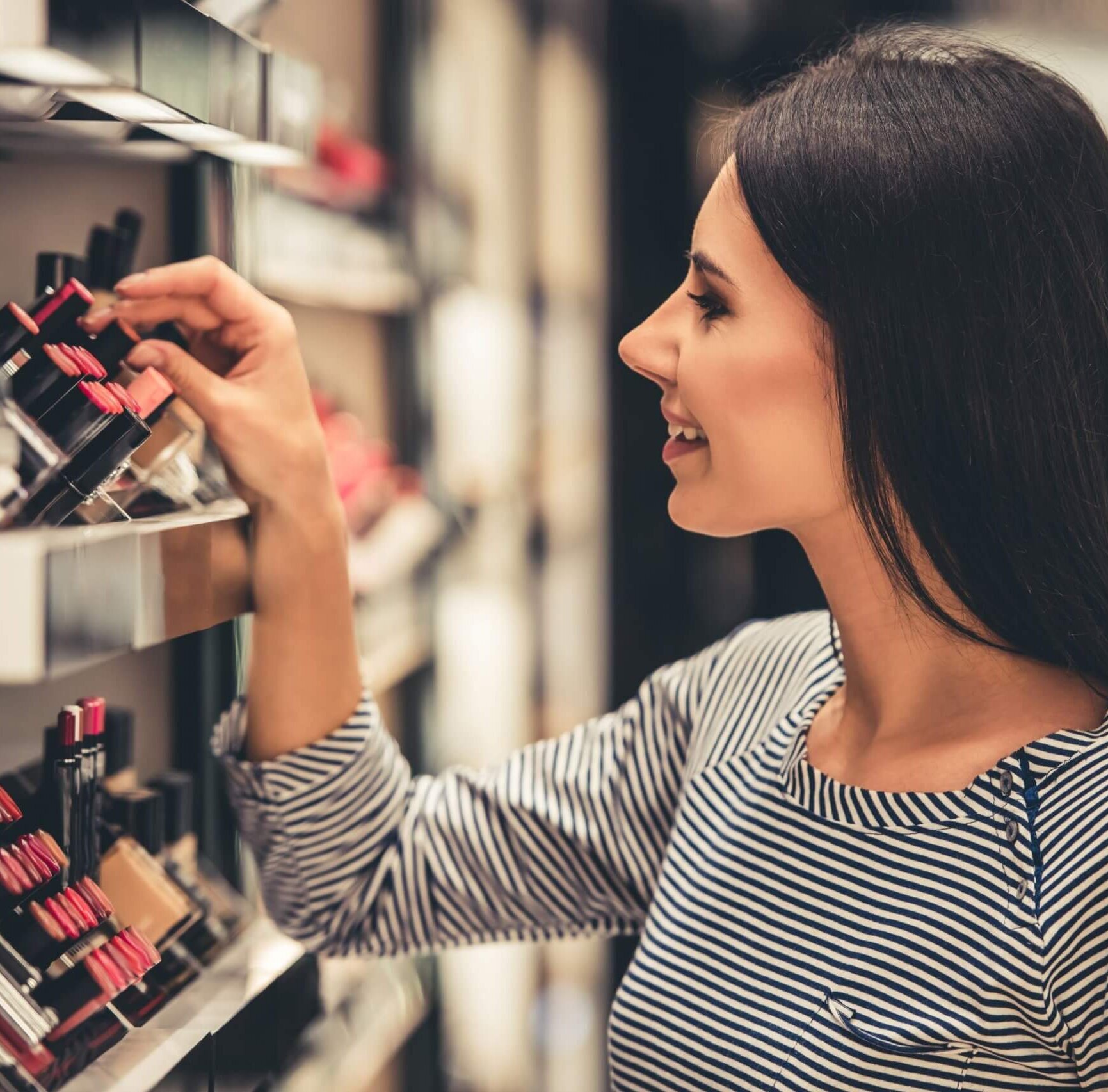Cosmetics brands have long been leaders in retail merchandising, mastering techniques that elevate customer engagement and boost sales. With products so closely tied to personal image, it’s no wonder the cosmetics industry excels in creating impactful in-store experiences. Here are three key lessons all retailers can learn from their success.
-
Free Samples: An Investment in Customer Loyalty
Giving away products for free may feel counterintuitive, but cosmetics brands have shown it can be a highly effective strategy for driving sales. By offering customers the chance to experience products firsthand, retailers build trust and encourage purchases.
Take Lush, for example. Renowned for their generous sampling policy, Lush allows customers to try any product in-store, with sales assistants demonstrating how items work. These highly trained staff members tailor their recommendations to customer needs, fostering a personal connection that often leads to a sale.
Cosmetics counters across the industry follow a similar approach, offering mini versions of products to introduce customers to their ranges. For retailers outside the beauty sector, free samples can also be adapted. Supermarkets can provide tastings of food or drink, while stores selling harder-to-sample items can offer discounts or vouchers to first-time customers. These methods all create a positive, risk-free introduction to the brand, encouraging repeat business.


-
Interactive Experiences Captivate Customers
One of the standout features of cosmetics merchandising is its interactive nature. Customers are encouraged to touch, test, and try products, making the shopping experience more engaging and enjoyable.
Brands like Lush take this a step further by integrating product demonstrations directly into their store layouts. For example, brightly coloured bath bombs are showcased in-store sinks, creating a theatrical experience. Sales assistants engage shoppers by demonstrating products and encouraging hands-on participation. This immersive approach fosters brand loyalty and allows cosmetics retailers to command premium prices, with products such as £10 soap bars or £5 toothpaste.
The idea of interactive retail isn’t exclusive to cosmetics. Supermarkets can host cooking demonstrations to introduce customers to new recipes, while fashion retailers might offer styling sessions or exclusive collection previews. For instance, Oasis hosted a preview event for their autumn/winter 2017 collection, providing customers with an immersive brand experience. Events like these generate excitement and strengthen the customer-brand relationship, driving sales upon product launch.
-
Create Immersive Store Layouts
Cosmetics brands also excel at designing layouts that encourage exploration and interaction. Shelves are arranged to invite customers to browse and discover, often integrating testers and sample stations into the displays. This approach ensures that every aspect of the store encourages customers to linger and engage.
Retailers in other sectors can adopt similar principles by carefully considering their store layouts. Clear navigation, enticing displays, and interactive zones can transform any shop floor into an engaging environment that mirrors the experiential nature of online shopping.


Learning from the Best
Cosmetics brands have set the standard for retail merchandising by creating immersive, customer-centric shopping experiences. By adopting tactics like offering free samples, introducing interactive elements, and designing engaging layouts, retailers across all sectors can boost customer engagement, increase loyalty, and drive sales.
Take a page from the cosmetics industry’s playbook—your customers will thank you, and your bottom line will too.